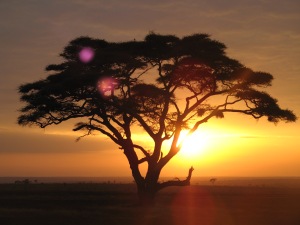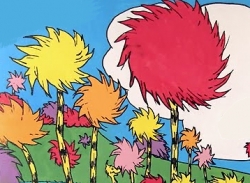Suffering from writer’s block in the late summer of 1970, Theodor Geisel (known to us all simply as Dr. Seuss) was in need of inspiration, something to spark the flame that would become his next children’s story. In this same time period, Geisel was becoming increasingly aware of the misuse of resources and overconsumption present in the world around him. He was disgruntled by the greed of society, the adults in the community who made the decisions that were harming the environment and promoting carelessness and the pursuit of money.
He believed in children as the hope for the future and understood the importance of inspiring their young minds through reading. He stated, “Children’s reading and children’s thinking are the rockbottom base upon which this country will rise. Or not rise.” His past children’s stories were filled with imagination, even made-up words, charming characters, creative rhyme, page-turning rhythm, and accompanied by fantastical illustrations, all of which aided in delivering a particular message to his young readers. How would he incorporate such a serious topic into a story, while still making it appeal to children? Could it even be accomplished?
Geisel’s wife, Audrey, thought so. She encouraged him to take a trip with her to East Africa, and so they did. It was there in the African mountains of the Serengeti while watching a herd of elephants that Theodore Geisel found his inspiration for a story that would bridge the enchantment of a children’s story and the arising environmental issues, the story that would later be known by all generations as The Lorax.
He nearly completed the entire story that day. The iconic Truffula trees came from the ones he saw in the Serengeti region. The Thneeds made from the Truffula trees became the “fine something that all people need.” The Thneed became the mode through which Geisel maneuvered his theme throughout the story and illuminated the threat of human greed against the environment.
Tree in the Serengeti
Dr. Seuss’ Truffula Trees




